Understanding the first plane of human development is a prerequisite for Montessori Kindergarten education for teachers, administrators, and parents alike. Let’s closely examine Montessori’s perspective on this crucial stage of every individual’s life with 4Life Education (4life.edu.vn)!
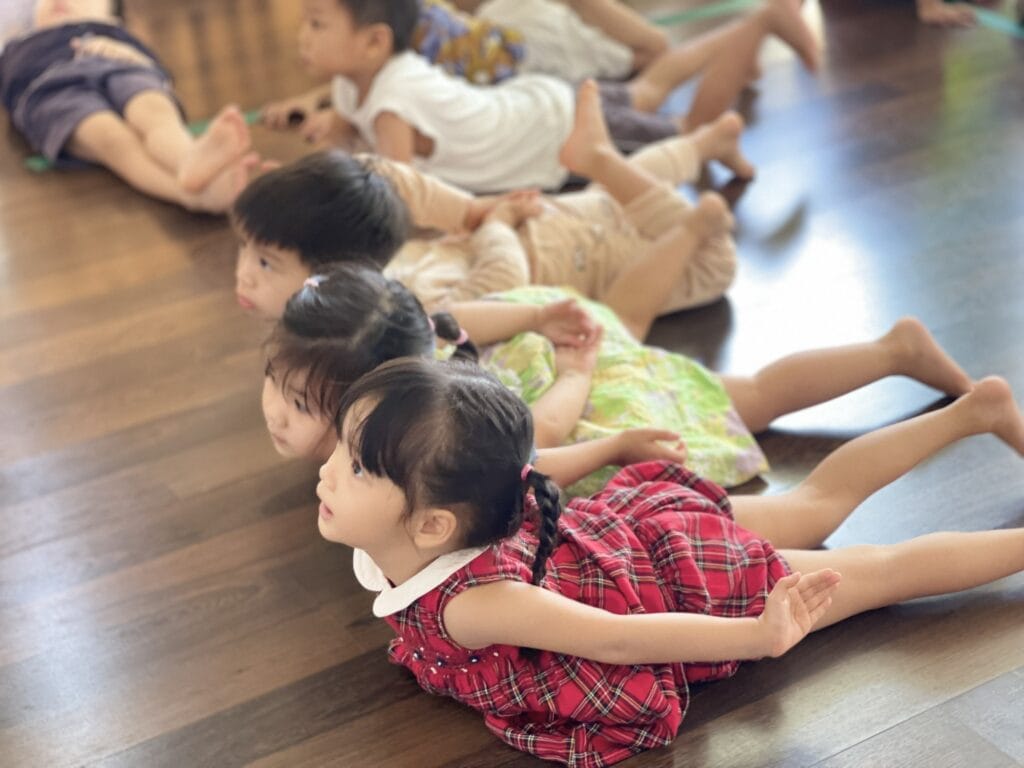
The first six years of life is a period of profound transformation, from apparently helpless newborn to capable,
active and articulate six-year-old. This period of life lays down the foundation on which is built the future adult’s
potential.
From birth to three years of age the physical development of infants is remarkable, inspiring the attention and
care of both family and community. In tandem with their physical development, infants are developing psychologically, socially, intellectually and spiritually. During this time they acquire the culture and language of
the community into which they are born. This multi-faceted development is accommodated in the Montessori
environments prepared for children of this age. Specifically, Montessori learning environments for this age group
are designed to foster independence, psycho-sensory-motor development and language development.
Between the ages of three to six years children continue the process of self-construction, consolidating, refining
and adding to the skills and knowledge they accumulated before the age of three. From the age of three
children become conscious of what they are learning through their own freely chosen activity, especially activity
with their hands. Montessori environments prepared for this age group provide children with motives for activity
through which they refine their perception, movement and language, and become independent in everyday life.
The extensive repertoire of meticulously designed Montessori materials and exercises offered to the children
represent a learning programme organised as an incremental progression of activities. Within this framework
children are free to choose their own work, once they have been shown how to use the materials and how to
do the exercises.
Children’s learning in Montessori early childhood settings falls within the following definition of play-based learning found in 4Life Kindergarten Approach:
… learning through which children organise and make sense of their social worlds, as they engage actively with people, objects and representations.
In addition, the advantage of the distinctive features of Montessori early childhood settings are supported by
evidence emerging in the research literature. For example, children at age seven show improved language
development and cognitive outcomes if they have participated in early childhood settings where activities are
child-initiated and selected from a wide variety of available equipment and materials, and where free choice
predominates over whole group activities. Furthermore, the incremental repertoire of Montessori materials and activities addresses some of the concerns raised by researchers in early childhood education in relation to the difficulties teachers can experience in implementing a play-based curriculum.
The first plane of development spans the period from birth to approximately age six. During this stage children
become functionally independent; they learn to control their movement, to communicate and to work with
their hands. Children during this period are also sensory explorers. They use their senses to absorb every
aspect of the environment, their language and culture, in the process constructing their own intellects.
Development during this plane is shaped by the special capacity children of this age have for learning and
absorbing vast amounts of information, a capacity described by Montessori educators as the absorbent mind.
The way young children learn is unique to this stage of life. During this plane of development, without being
conscious they are learning, children ‘absorb’ impressions from the environment, impressions that construct
their mind and intellect and enable them to adapt to their time and place in history.
Throughout this plane of development, children experience periods during which they display heightened
sensitivity to, or interest in, particular aspects of the environment. These periods, named sensitive periods by
Montessori educators, represent windows of opportunity during which children’s intense interest, and the
spontaneous activity this interest generates, enable children to learn the corresponding knowledge and skill with
ease and enjoyment. Montessori educators observe children closely for signs of sensitive periods. They use
these observations as a guide to help them choose the optimum time for offering children lessons and activities
in, for example, social skills, the refinement of movement and sensory perception, language and mathematics.
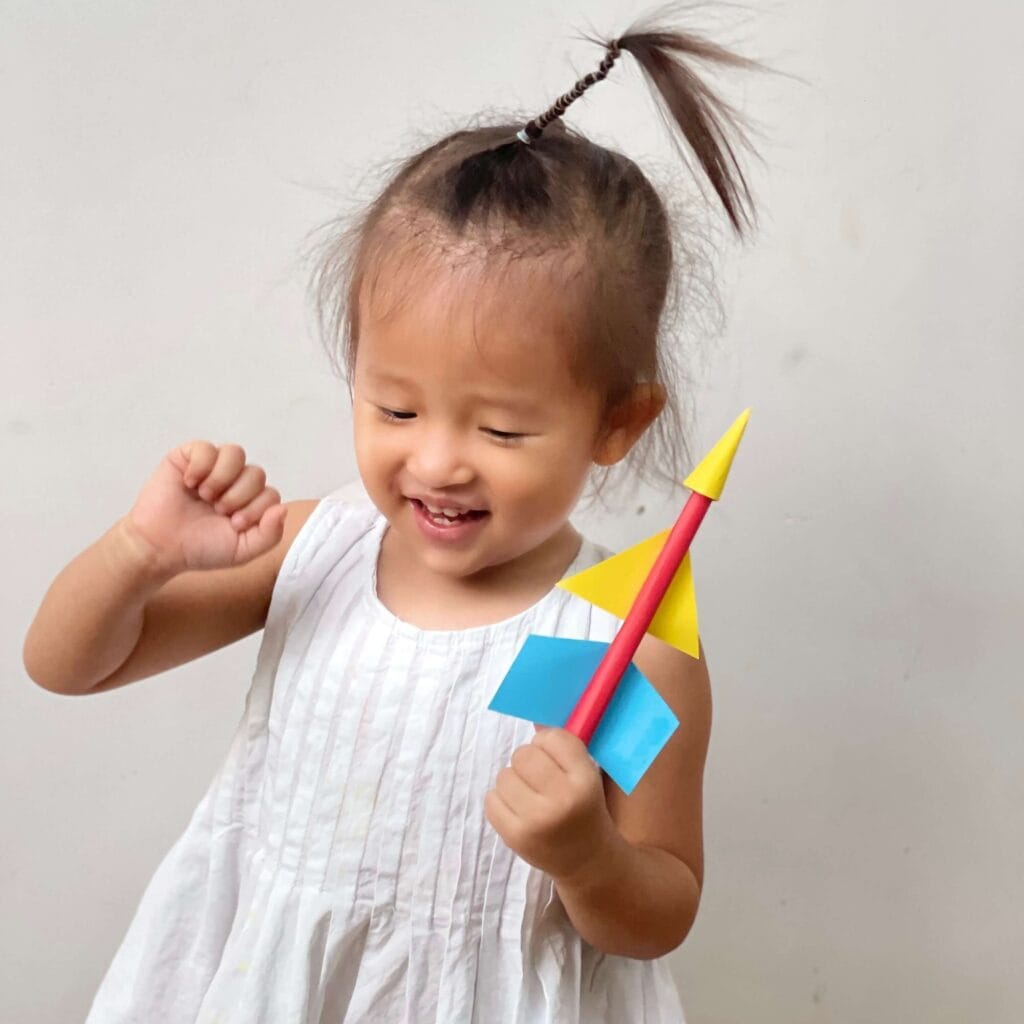
The first plane of development is a time of enormous physical development. By the age of six children have
gained a functional independence; they can talk and communicate their needs; they can walk, climb, run and
jump by themselves, feed and dress themselves and manage their own toileting. They move with balance and
coordination, and are refining the precision and dexterity with which they use their hands. Children’s hands, Dr
Montessori (1982/1949: 23) argued, are the ‘instruments’ of their intelligence. In other words, as children refine
control of their hand, they are also refining the development of their minds. The importance of having activities
in the environment that interest children and that involve the use of their hands is described by Dr Montessori
in the following way:
The ability of a thing to attract the interest of the child does not depend so much upon the quality of
the thing itself as upon the opportunity it affords the child for action … it is not enough that a thing
should be interesting in itself but that it must lend itself to the motor activity of the child if it is to be
interesting to him. There must be, for example, small objects that can be moved from their places. It is
then that a child begins to move his hand rather than the objects. A child is delighted to make and
unmake something, to place and replace things many times over and continue the process for a long
time. A very beautiful toy, an attractive picture, a wonderful story, can, without doubt, rouse a child’s
interest, but if he may simply look at or listen to, or touch an object but dares not move it, his interest
will be superficial and pass from object to object. That is why the environment is so arranged that it
lends itself to a child’s desire to be active (1967/1948: 104).
Aligned with physical development is social and emotional development, development that is enhanced by
nurturing, secure environments at home and in early childhood settings. Learning how to be social emerges
naturally and spontaneously in the multi-age, mini-communities found in Montessori environments. In these
communities older children have the opportunity to be sensitive to the needs of others, while younger children
feel able to seek help at any time. In addition, lessons in grace and courtesy provide opportunities for young
children to practice appropriate social behaviour in a fun and instructive way without public reprimand.
Children from birth to the age of six learn through their senses. Using their senses, they gain first impressions
and understandings of the world, impressions and understandings that become woven into the fabric of their
minds. This principle, first proposed by Aristotle, is traditionally summarised in the following way: ‘There is
nothing in the mind that is not first in the senses.’
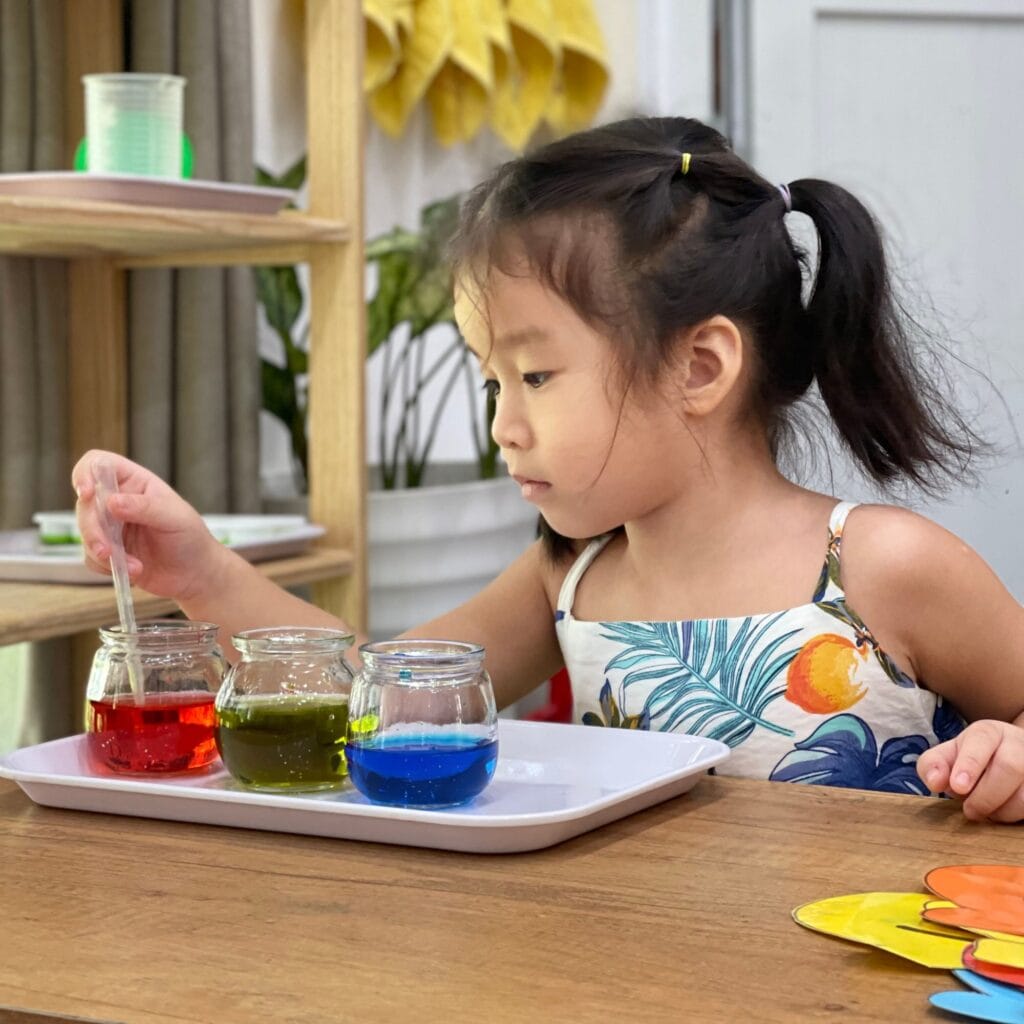
The first six years of life is a time of rapidly expanding mental development. In recent times neuroscientists have
begun to describe the development of neurological networks in young children (OECD CERI 2007) and to
emphasise the importance of favourable social and physical environments to support this development. Montessori prepared environments provide children with an environment that enhances the construction of
the mind and the intellect, for example, by providing concrete materials through which children begin to classify
the world around them while learning language for talking about these early classification systems. This work
becomes the foundation for learning during the primary school years when ordered systems of abstract
knowledge and the imagination become the tools children use for thinking.
Babies are born with a strong urge to communicate and to express themselves. By age six children have
acquired language, not only spoken language, but also the fundamental skills of writing and reading. At the same
time children are using a mathematical mind as evidenced by their need for order and sequence and the drive
for precision and accuracy. During the first six years of life children construct a foundation for later studies in
arithmetic and geometry.
In summary, during the first six years of life young children learn to function independently, to move with
control, to communicate and to concentrate. At no other time in children’s lives will they be able to develop in so many significant ways so easily and well. By the age of six children have become socially adapted to their time and place in human history and culture. 4Life Education (4life.edu.vn) is fully committed to creating and developing Montessori ideas for the common goal of the comprehensive development of children.

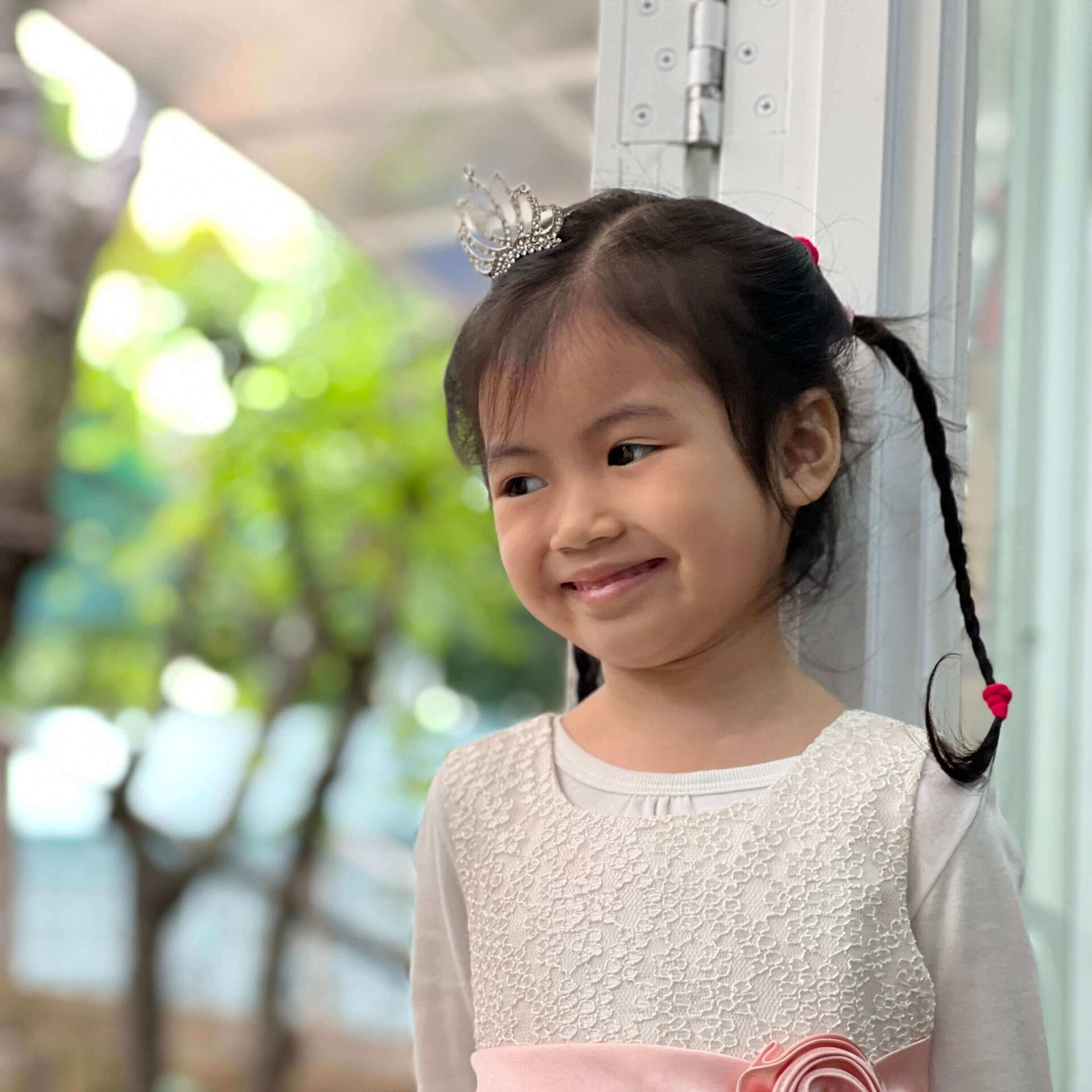
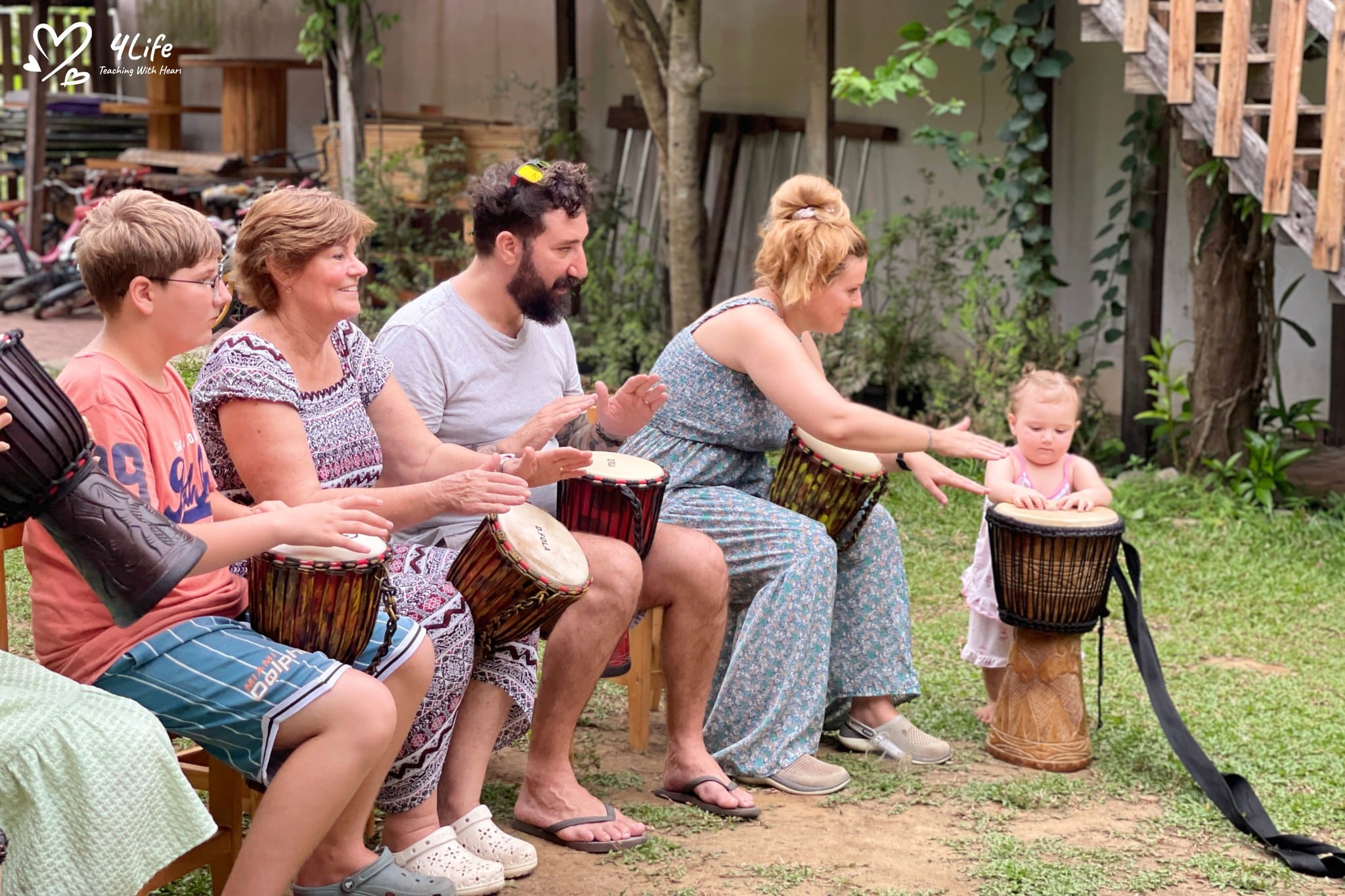
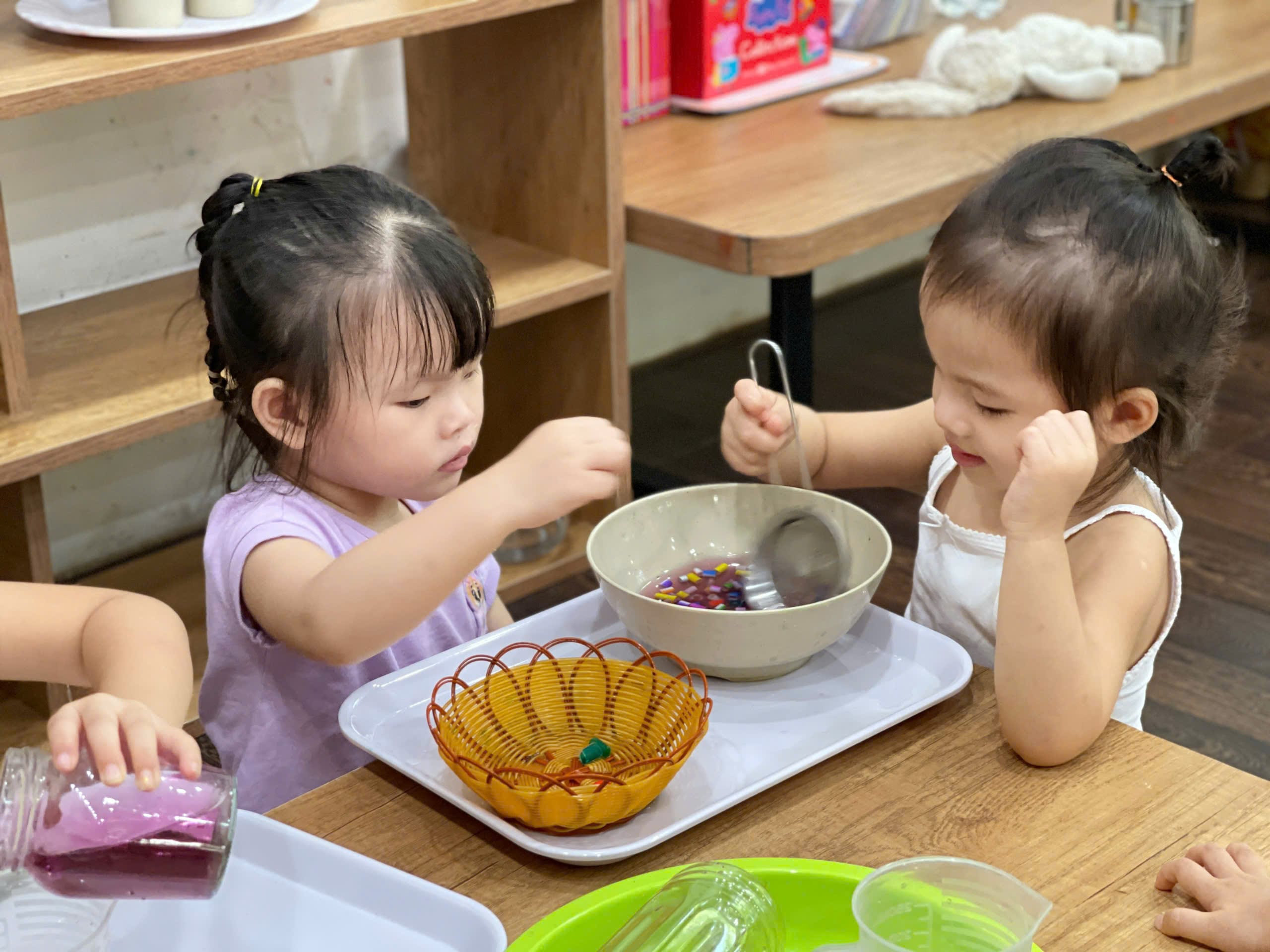
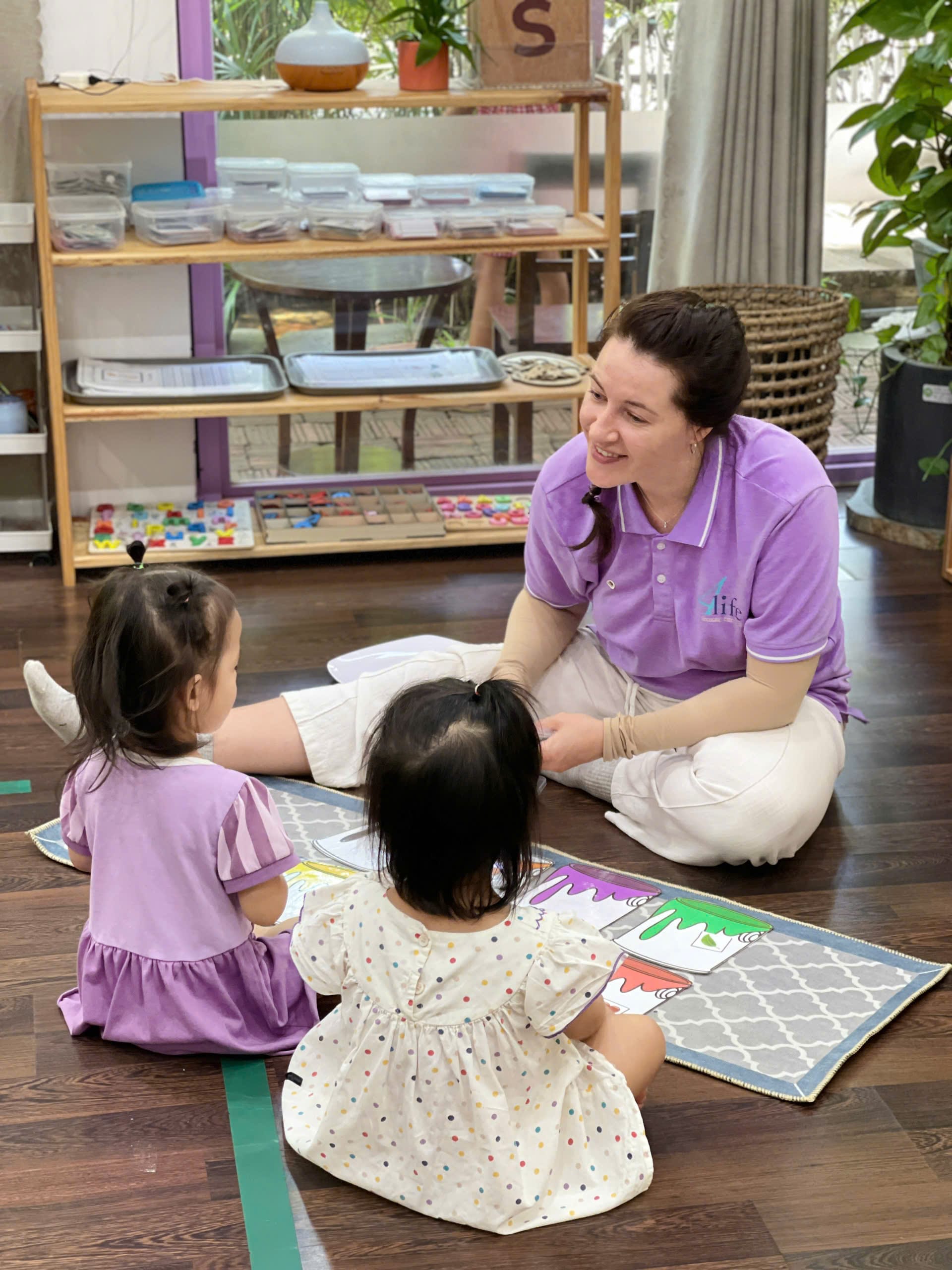
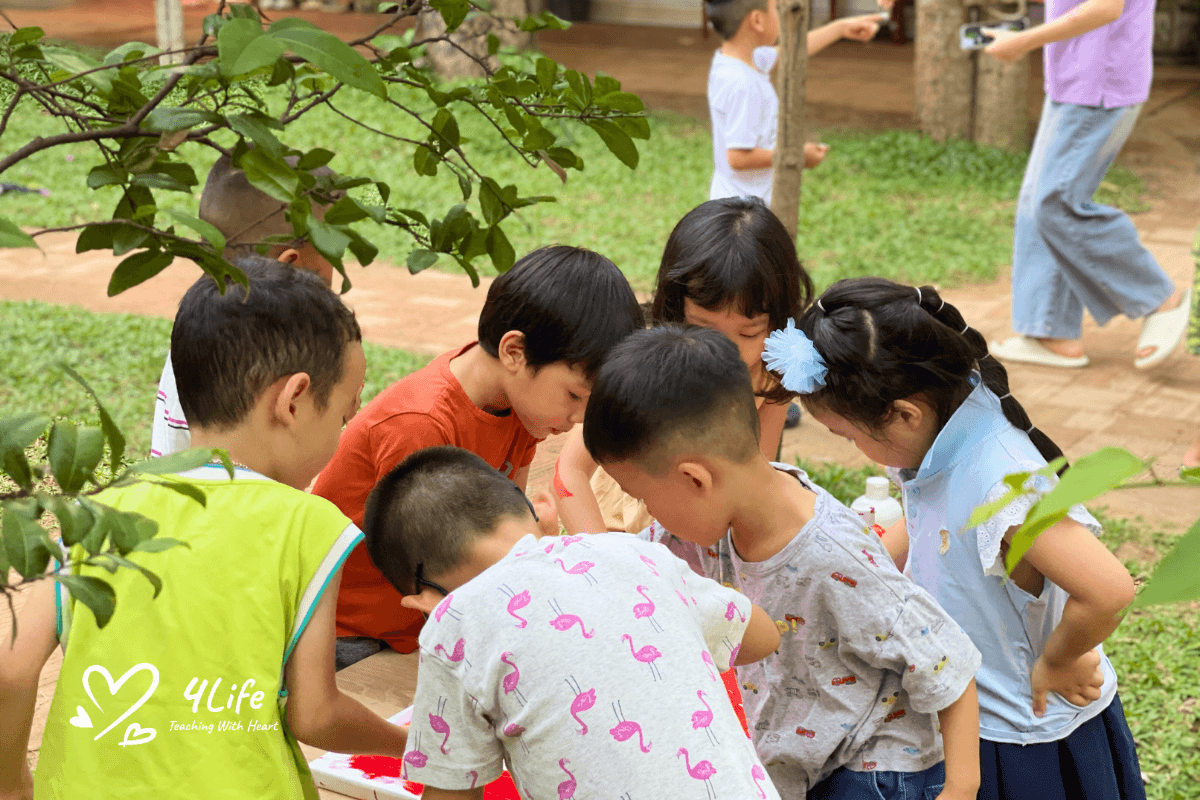


0 Comments